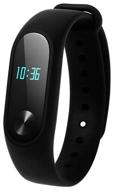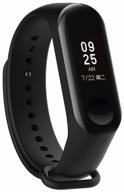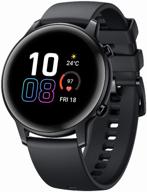
Review on 📸 Capturing Crisp Planetary Images: Celestron NexImage 10MP Solar System Imager (93708) by Brad Ward

Good package with a few minor annoyances.
Purchase of a NexImage 5 MP for solar system imaging with a Celestron 8 SCT on an AVX mount. You can't ignore the hardware you connect your imager to when evaluating its performance. The laptop I'm using is a 2.16MHz laptop equipped with USB 2.0 and 3.0 ports. The imager comes with a 1.25" head with screw, dust cap with screw and durable USB cable. Also included is iCap data acquisition software and free Registax 6 software for converting video to still images. You don't have to use the included software if you find something you like better. The target market for NexImage 5 is hobbyists, which means you should be able to figure everything out with little effort. iCap includes a help file to help you get started. But it doesn't offer advice on how to set gain and exposure, how to get the best focus, or how many frames or how long a video will play. I am using iCap on Windows 7 64bit. iCap offers a lot of settings, and when the feature isn't available, it's disabled. You can also add or remove toolbars that are disabled or that you don't use. The image can be created in color or black and white mode and there are 9 image size formats for non-group mode. There are two binning modes 2x2 and 4x4. This review does not apply to them. This review is about acquisition. The Registax 6 processing software is third party software not written by the manufacturer. The number of frames received per second is limited by the image size. With my setup, this is usually only 6 fps for the largest format (2592x1944). I only use this format in live view to make it easier to hit the target in the field. I go down to one of the lower resolutions depending on what I'm imaging. iCap Help doesn't give you much guidance on gain, exposure, or number of shots. The software offers a histogram function, which should normally be as wide as possible without reaching 255. Clear nights with excellent visibility are rare in New England or the mid-Atlantic states where I take my pictures. But I've had some success. Images of the Moon, Jupiter, Saturn and Mars. I'm amazed how the combination of NexImage 5 with Registax 6 processing can produce fairly good images even with mediocre quality. My image had between 300 and 600 frames, with the 50% of the best frames being chosen by Registax 6 for averaging. I'm deducting a star for two annoyances. Often while focusing, the live view just stops, forcing you to restart it. The second problem is that sometimes vertical red lines appear on the final image. They can be eliminated by carefully adjusting the wavelet noise reduction. Otherwise I am quite satisfied with the NexImage 5. Attached is a photo of Jupiter taken in January.
- Microscopes
- Small parts
New products
Comments (0)
Top products in 🔭 Binoculars & Scopes

Enhance Your Stargazing Experience With Orion'S Premium Telescope Accessory Kit (1.25-Inch, Silver)

21 Review
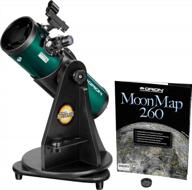
Discover The Wonders Of The Universe With Orion StarBlast 4.5 Telescope In Teal Color

14 Review
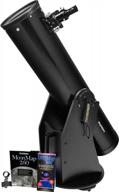
Explore The Night Skies With The Orion SkyQuest XT8 Classic Dobsonian Telescope

12 Review
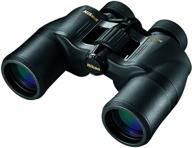
👀 Nikon ACULON A211 8x42 Binoculars: High Quality Optics for Exceptional Viewing

15 Review


